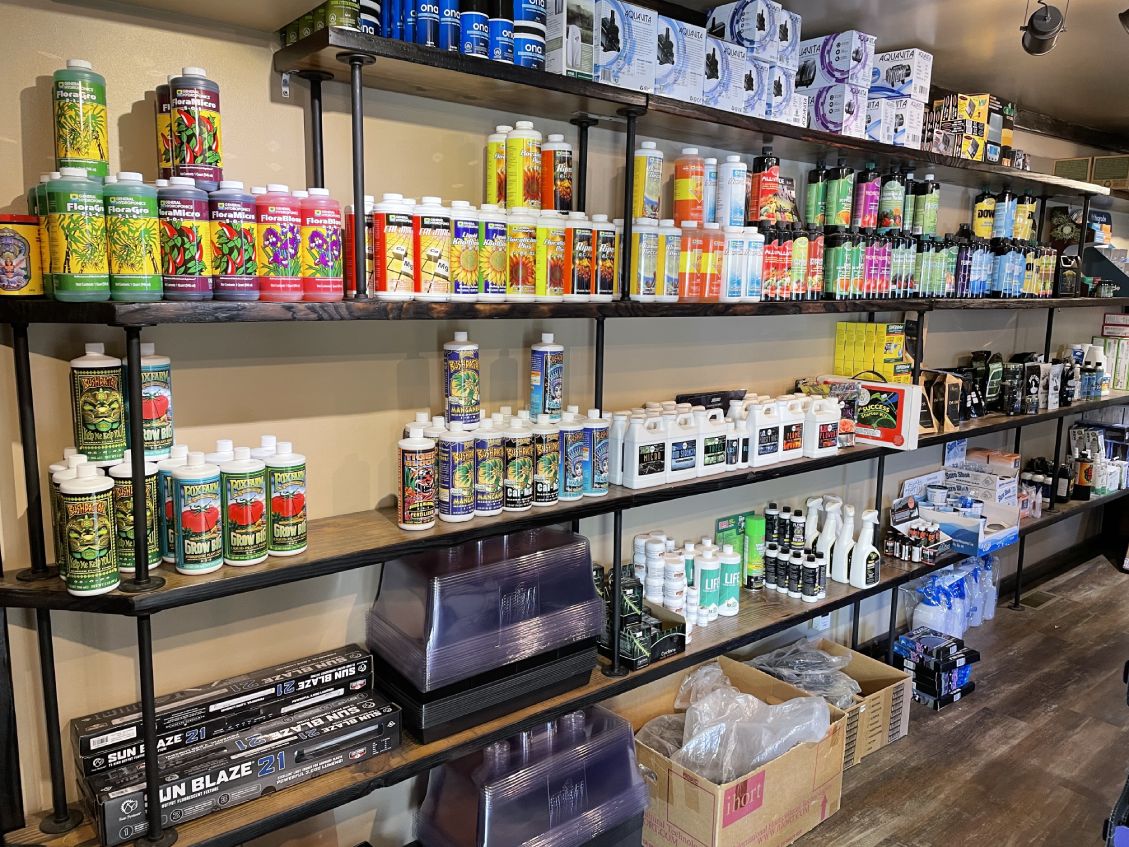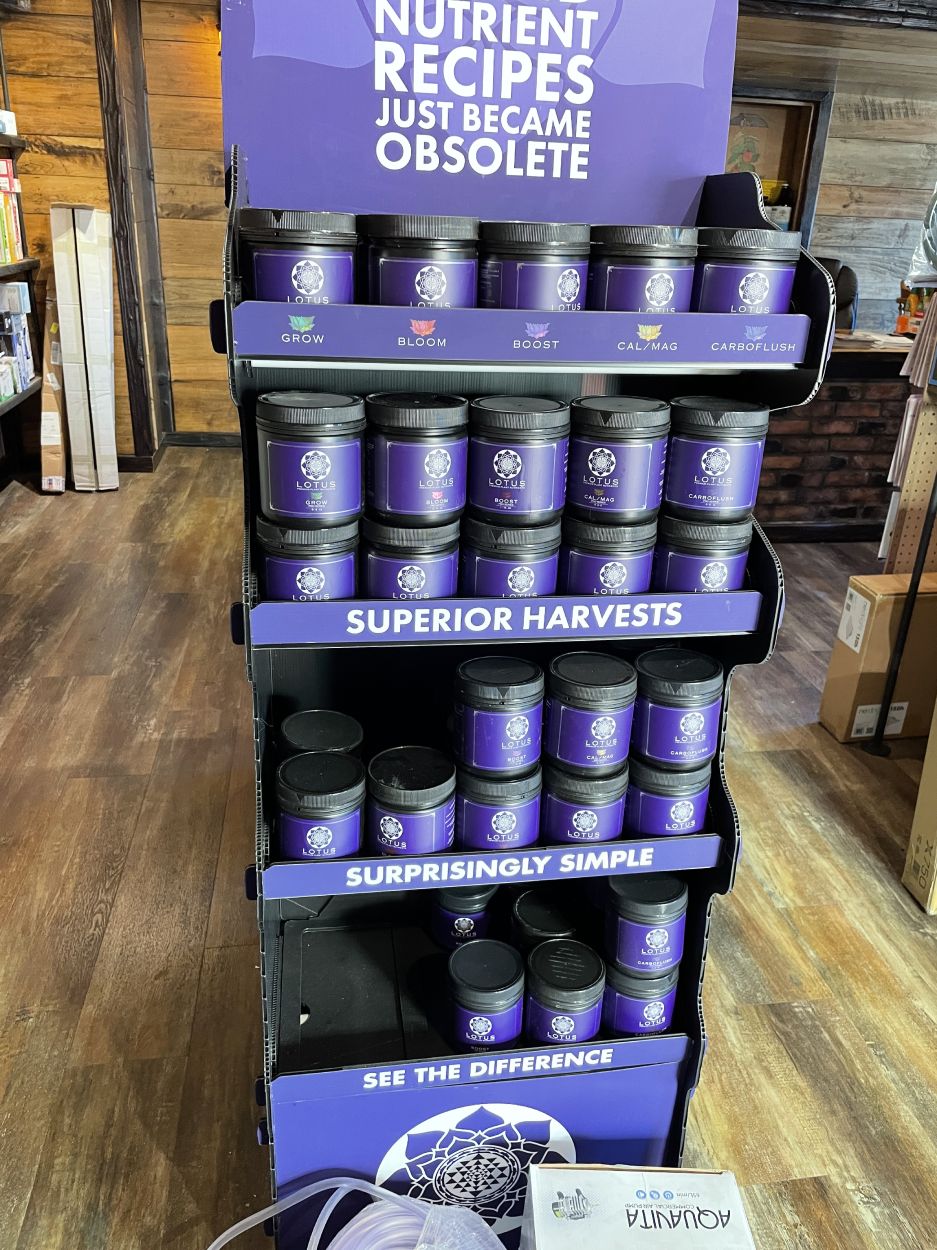Unlocking the Possible of Hydroponics: Comprehending Its Makes Use Of and Different Types
Hydroponics, an approach of growing plants without dirt, has actually amassed increasing attention for its potential to transform farming and cultivation techniques. As we browse via the detailed landscape of hydroponic systems and strategies, it comes to be noticeable that each strategy holds distinct advantages and limitations.
Benefits of Hydroponic Systems

Another advantage of hydroponic systems is the ability to expand plants in a smaller sized room. By removing the need for dirt, plants can be grown up and down or in stacked systems, making best use of using offered space. This is particularly valuable in city areas or areas with minimal cultivatable land. Furthermore, hydroponic systems reduce the risk of soil-borne diseases and pests, as there is no soil to nurture these dangers. This brings about much healthier plants and reduces the requirement for hazardous pesticides, making hydroponic farming an extra lasting and eco-friendly alternative.
Common Makes Use Of in Farming

Provided the efficient water conservation and space-saving benefits of hydroponic systems, it is obvious that these cutting-edge farming approaches have located usual usages in numerous fields of farming. In traditional agriculture, soil-based farming can be labor-intensive and land-consuming. Hydroponics offers a service by enabling crops to be grown without soil, decreasing water usage by up to 90% compared to standard farming approaches. This makes hydroponics especially ideal for areas dealing with water shortage or restricted cultivatable land. Furthermore, the regulated environment of hydroponic systems allows year-round growing, offering a consistent supply of fresh produce no matter exterior climate condition.
Hydroponics is generally used for growing a range of plants, consisting of leafed environment-friendlies, tomatoes, cucumbers, strawberries, peppers, and herbs. Additionally, hydroponic systems are utilized in study and educational setups to research plant nutrition, cultivation, and growth techniques.
Exploring Different Hydroponic Techniques
What are the different ingenious methods used in hydroponics to improve crop cultivation performance and produce? Hydroponic systems supply an array of approaches that deal with various plant types and cultivation goals. One popular technique is the Deep Water Culture (DWC) system, where plant roots are immersed in a nutrient remedy, supplying adequate oxygen and nutrients. One more commonly used method is the Nutrient Movie Method (NFT), which includes a superficial stream of nutrient remedy streaming over the plant origins, advertising water and nutrient uptake. In addition, the Ebb and Flow system, also called the Flooding and Drain system, periodically floods the plant roots with nutrient remedy, enabling oxygenation throughout draining pipes periods. Aeroponics is another sophisticated method that involves misting plant origins with a nutrient option, taking full advantage of oxygen absorption and nutrient uptake. Each of these techniques showcases the versatility and efficiency of hydroponic systems in improving crop development and yield.
Contrasting Different Hydroponic Equipments
Checking out the efficiency and yield improvement methods in hydroponics leads us to contrast various hydroponic systems offered for crop growing. Each web link hydroponic system has its special features, advantages, and constraints, making it critical for growers to choose one of the most appropriate system based upon their specific needs and constraints.
One of the most usual hydroponic systems is the nutrient movie strategy (NFT), where a slim movie of nutrient remedy continuously flows over the plant roots. In contrast, the deep water culture (DWC) More hints system submerges plant roots straight into the nutrient solution, offering sufficient oxygen and nutrients.
One more prominent hydroponic system is the ups and downs (or flooding and drainpipe) system, which occasionally floodings the plant origins with nutrient option before draining it. This cyclic process guarantees proper aeration for the roots while providing nutrients effectively. Furthermore, the aeroponic system suspends plant roots airborne and hazes them with a nutrient option, promoting rapid development and high oxygenation degrees. Farmers searching for a versatile system that minimizes water use usually choose aeroponics. By understanding the distinctions in between these hydroponic systems, growers can make enlightened decisions to make best use of plant yield and quality.
Innovations in Hydroponic Modern Technology
One crucial technology is the development of wise hydroponic systems that use sensing units and automation to keep track of and change ecological problems such as pH levels, nutrient concentrations, and light exposure in real-time. These systems allow exact control over expanding problems, leading to optimal plant growth and higher plant returns.
An additional notable improvement is the assimilation of upright farming techniques with hydroponic systems, allowing for the cultivation of crops in stacked layers. This vertical strategy makes best use of room usage, making it excellent for urban environments where land schedule is limited - The Indoor Earthworm. Furthermore, using advanced LED illumination systems tailored to certain plant demands has improved energy efficiency and boosted development rates in hydroponic configurations
Developments like these are driving the evolution of hydroponics, making it a very eye-catching and sustainable option for modern-day agriculture.
Conclusion
To conclude, hydroponics click here now uses various benefits in farming and has various strategies and systems that can be used to maximize its capacity. Innovations in hydroponic innovation continue to boost effectiveness and sustainability in food production. By comprehending the uses and various types of hydroponic systems, farmers and farmers can unlock the complete capacity of this innovative technique of growing plants without soil.
Additionally, hydroponic systems enable for far better control over nutrient levels, pH equilibrium, and environmental conditions, leading to much healthier plants and greater returns.
